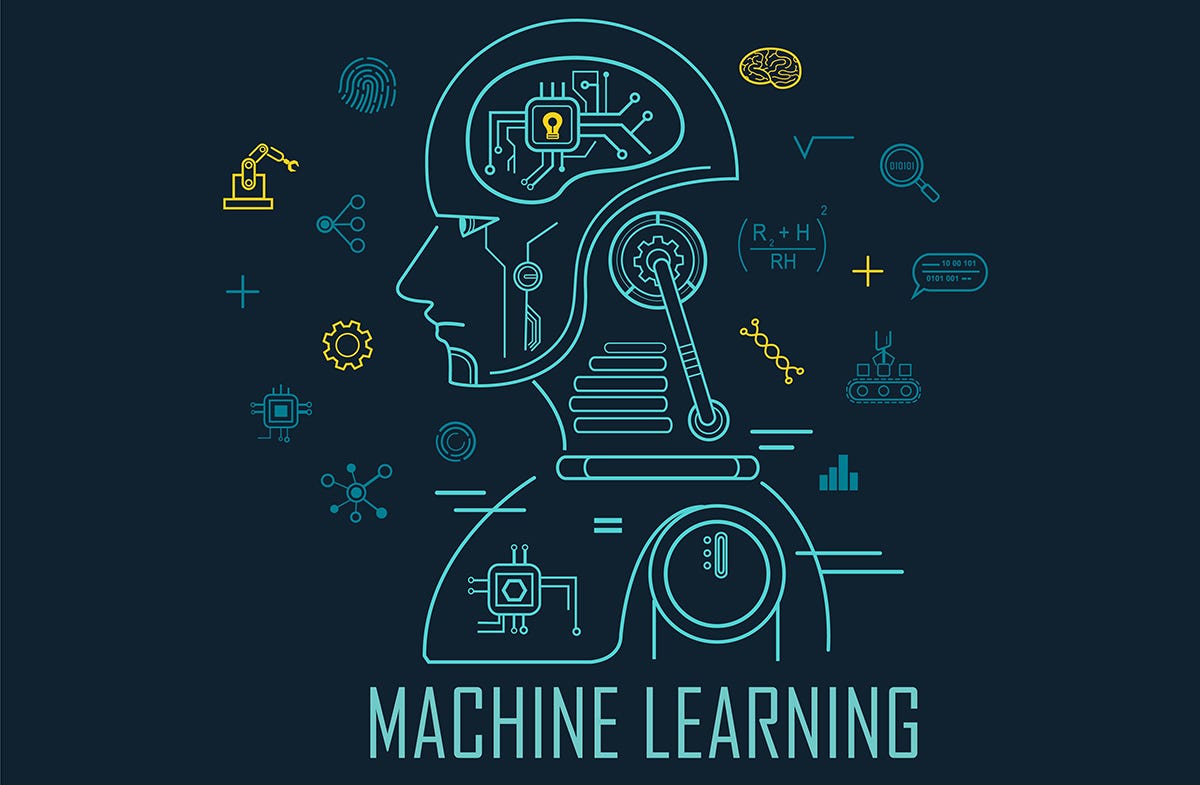In today’s fast-paced technological landscape, machine learning has emerged as a transformative force, reshaping various industries and the way we interact with technology. This powerful subset of artificial intelligence allows systems to learn from data, identify patterns, and make decisions with minimal human intervention. Understanding this concept is essential for anyone interested in the future of technology.
What is Machine Learning?

Machine learning refers to the ability of computers to learn from and make predictions based on data. Unlike traditional programming, where rules and logic are explicitly defined, these algorithms improve their performance as they are exposed to more data over time. The primary types include supervised learning, where the model is trained on labeled data, unsupervised learning, which deals with unlabeled data to identify patterns, and reinforcement learning, where an agent learns to make decisions through trial and error.
The History of Machine Learning
The journey began in the 1950s when early pioneers like Arthur Samuel developed algorithms capable of playing checkers. Over the decades, advancements in computer power and data availability led to significant breakthroughs. The introduction of deep learning in the 2010s further propelled this field, enabling the development of complex models that excel in tasks such as image and speech recognition. The evolution continues to accelerate, driven by innovations in algorithms and computational resources.
Applications of Machine Learning
Machine learning has found applications across various sectors, revolutionizing how businesses operate and enhancing user experiences. In healthcare, algorithms assist in diagnosing diseases, predicting patient outcomes, and personalizing treatment plans. The finance industry leverages these techniques for fraud detection, risk assessment, and automated trading strategies. Retailers utilize machine learning for customer insights, optimizing inventory management, and creating personalized shopping experiences through recommendation systems. Moreover, autonomous vehicles rely on machine learning for navigation, obstacle detection, and decision-making processes.
Machine Learning vs. Traditional Programming
One of the key distinctions lies in how solutions are developed. In traditional programming, developers write explicit rules for the software to follow. In contrast, machine learning enables systems to learn from data, adapting their behavior based on new information. This flexibility allows models to excel in tasks involving large datasets and complex relationships, making them invaluable in modern technology applications.
Challenges in Machine Learning
Despite its many advantages, the field faces several challenges. One significant issue is data quality; inaccurate or incomplete data can lead to poor model performance. Additionally, biases present in training data can propagate through algorithms, resulting in unfair or discriminatory outcomes. The interpretability of these models also poses a challenge, as complex algorithms can behave like “black boxes,” making it difficult for users to understand how decisions are made. Addressing these challenges is crucial for the responsible deployment of machine learning technologies.
The Future of Machine Learning
Looking ahead, the future appears promising. Emerging trends such as deep learning, which utilizes neural networks with many layers, are driving advancements in areas like natural language processing and computer vision. Furthermore, the integration with other technologies, such as the Internet of Things (IoT) and blockchain, is expected to yield innovative solutions and efficiencies across industries. As organizations continue to harness this power, its role in shaping the future of technology will only grow.
Ethical Considerations
As machine learning becomes increasingly pervasive, ethical considerations are paramount. Issues such as data privacy, surveillance, and algorithmic bias raise important questions about the responsible use of technology. Developers and organizations must prioritize ethical frameworks that guide the design and deployment of these systems. Engaging diverse stakeholders in conversations about ethics will help ensure that machine learning technologies benefit society as a whole.
Getting Started with Machine Learning
For those interested in exploring this field, numerous resources are available. Online platforms like Coursera, edX, and Udacity offer courses tailored to beginners and advanced learners alike. Books and tutorials provide foundational knowledge, while practical projects and community forums can enhance your learning experience. Engaging with real-world datasets and participating in competitions on platforms like Kaggle can help you develop practical skills and gain valuable insights.
Conclusion
Machine learning is reshaping the technological landscape, offering innovative solutions and transforming industries. As we continue to explore its capabilities, understanding the principles, applications, and ethical implications will be essential. Embracing this technology not only prepares us for the future but also empowers us to harness its potential for positive impact.
References and Further Reading
- Top 10 Technology Jobs That Pay Well in 2024
- Upcoming Technology: Exciting Innovations Shaping Our Future
- Essential Tips for Advertising on Facebook: Boosting Your Campaigns
- Facebook Security: Protecting Your Privacy in the Digital Age
